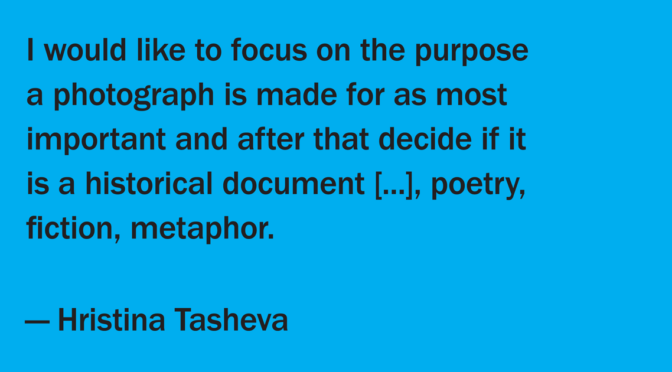How do you use photography in your work?
As medium photography empowered me to visualize and spread a different narrative on the identity of the migrant and the emergency of it stemmed from my background of East European woman living in the Netherlands.
In times of fast technological development and the Internet, when everybody uses cameras and makes photographs in daily life, photography became a universal visual language: approachable and familiar for everyone, made by everybody. I rely on these characteristics of photography to communicate with a wide audience by using the same language. The way images are made, spread and applied reminds me of folklore with its anonymity, poetry, amateurism, horizontal structure of sharing, having life as a main source of inspiration. My images, following this line, are non-commercial and anti-neoliberal, marginal and folkloristic, poetical, subjective, semi-fictional, not made especially for the privileged in the society, but for everyone; they are imperfect, with low-resolution, a kind of amateurish; portraits, images of forms and objects in the streets, trains, heavens, homes, written dreams, recreated rituals and appropriated pictures from the internet.
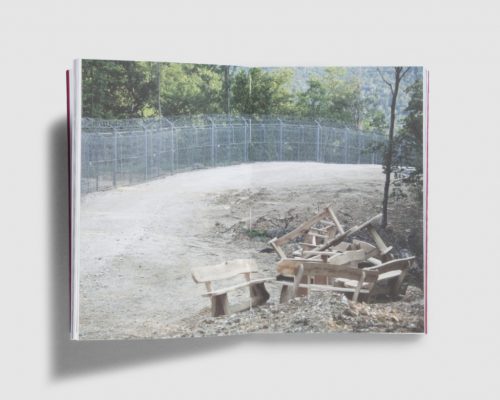
Although a photograph is still considered a document of something existing in reality and made by the collaboration of the woman and the machine, I would like to focus on the purpose a photograph is made for as most important and after that decide if it is a historical document (if it still could be when it is digitally produced and manipulated), poetry, fiction, metaphor.
I am a content driven artist, which means that the medium has to fit the concept for the work.
What role does publishing play in your photographic / artistic practice?
My practice is a politically engaged art practice defined by the narrative (that has a semi-autobiographical core) I create and the form of a presentation I choose. The idealist in me would like to connect to a broad audience. The realist in me searches for the best possible approach. It is my aim to interact with everybody who is part of our globalized world (everybody is in the position of the local or the migrant), where mobility is often connected with the fear of the ‘other’. I try to bridge this gap and reveal that the ‘other’ is not an alien, but part of an overall ambiguous human nature.
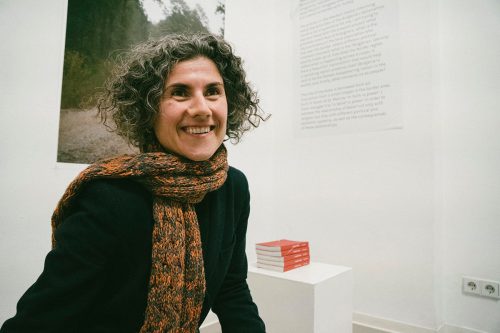
For this purpose, during the last years, I made steps towards fulfilling my wish to reach a broader audience by developing further my self-published book practice. From 2010 up till now I published six artist books (two of them – In belief is power and The queen of the animals and the most beautiful gardens are available on malenki.net) and since 2015 this became the main form of presentation for my work. My photography-based publications are traveling all over the world, they are affordable for the audience to buy, portable and easily shared. I consider the content of my books as carefully curated exhibitions on its own that could be part of book exhibitions, but could also enter the private spaces of people, where they are ‘visited’ at any time.
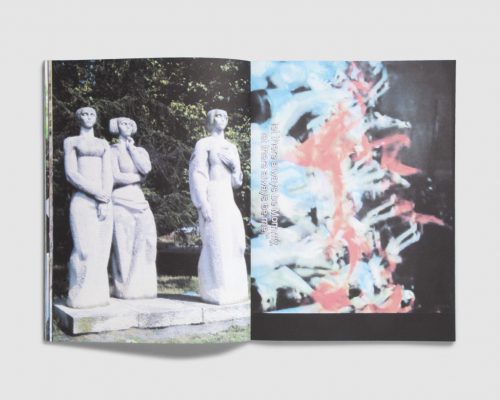
Depending on where my publications are presented (in a newspaper, as part of an exhibition or fair, in a bookstore, blog, or library, etc.), they reach people of different interests and ages.
My book projects are research-based. The time that it takes for me to develop the idea towards a finished book is a process, which I conditionally divided into three phases: research, dummy, published book. In every phase there are possibilities of making the work process and the final work visible, reaching an audience and widening my network.
Being a self-publisher, I take the freedom to make autonomous choices on the content, the form and the distribution of my work.
What are you working on at the moment?
The inspiration for my new research ‘Encyclopedia of Pain’ came from a heated debate that took place some years ago. In public, a local person called me a cynical communist. To understand how the word communist defines or reflects on my identity and life in the present, I will place it in its historical context in the Netherlands and in Bulgaria and investigate these histories and the public memories they are built on.
Taking into consideration the activities of the Dutch communists and their prosecution during WWII and the deeds of the Bulgarian communists in order to realize the communist utopia after the war, I asked myself ‘am I seen as a victim or a perpetrator in the eyes of the local people? Am I what others think of me?’
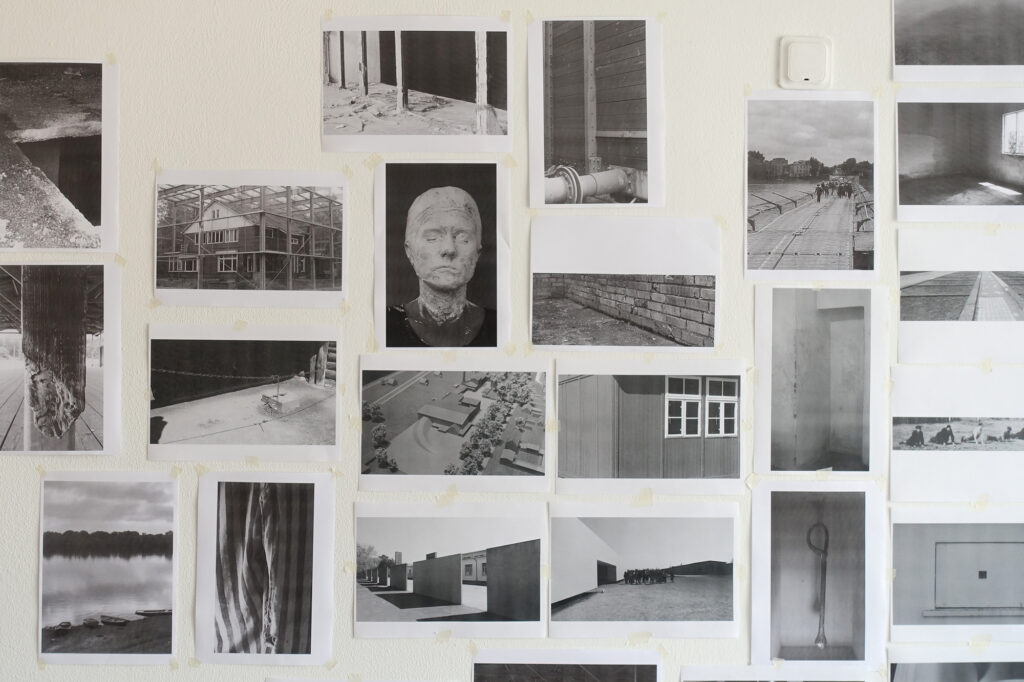
In order to research these questions and visualize these potential personal identities, I would make a subjective investigation on the historical events by walking in the footsteps of the communists and becoming them (as a method of understanding the ‘other’). The information for my visual subjective research will be drawn from the collective memory that is already constructed in both countries: archives, literature, testimonies of victims and perpetrators, academic research, and my own fieldwork.
The narrative will be composed of three elements, visualized by text and photography – the voices, the body, and the periphery.
With this new work, I continue to research the questions of identity, otherness, nationalism, liminality in relation to political ideologies from the in-between position of a Bulgarian-Dutch artist and citizen of the EU. It is essential for me to contribute with my work to the debates on migration in society, where often media and politicians present the migrant as one differing from the group’s sense of identity. With my research, I would like to visualize through the image of the ’other’ (body and voice) and the periphery (places for mass detention of civilians without trial) the importance of constructing identities based on similarities and not on difference. The practice of ‘Otherness’, used by political ideologies turns innocent people into ‘enemies’ isolated on the periphery of the society, becoming ‘ghosts’, ‘numbered objects’, ‘invisible unnecessary people’. The circle is vicious – looking to history and our present, perpetrators and victims swap places, while a utopian ideal is being realized.
By building a narrative on a personal and historical level and tracing the history of the communists in two countries from both sites of the Iron Curtain, I seek to create a different perspective and a referential framework when we try to interpret recent developments and influences in politics – nationalistic propaganda, migration, and human rights violation in Europe.
For a closer look on Hristina Tasheva’s work please visit her website www.hristinatasheva.com
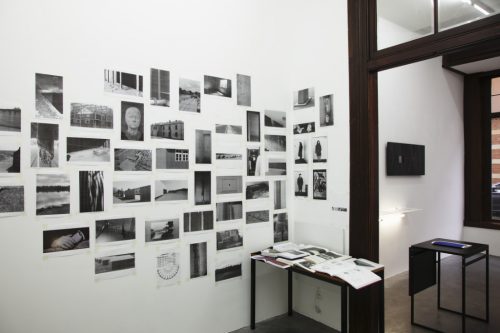
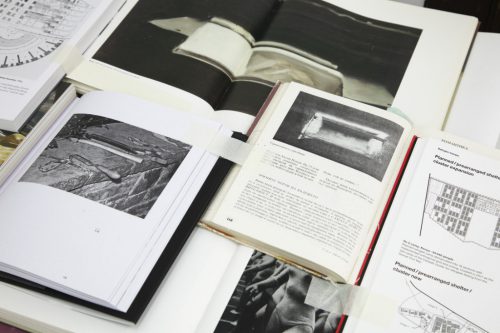
malenki.net features the following publications by Hristina Tasheva
-
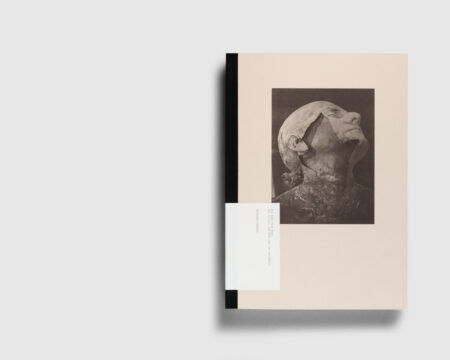
Far away from home: the voices, the body and the periphery
Hristina Tasheva
69,95 €
VAT exempted according to UStG §19plus shippingDelivery Time: 10 working daysAdd to cart -
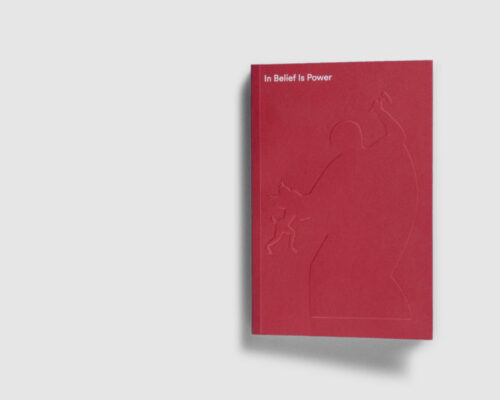
In Belief Is Power
Hristina Tasheva
25,00 €
VAT exempted according to UStG §19plus shippingDelivery Time: ca. 10 workdaysAdd to cart -
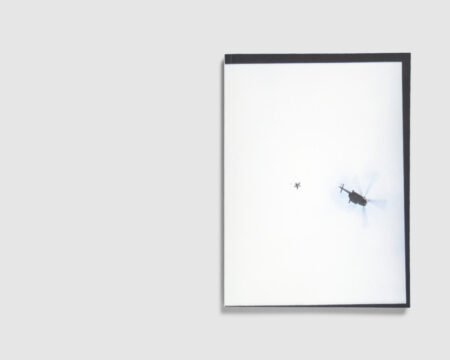
The Queen of the Animals and the Most Beautiful Gardens
Hristina Tasheva
40,00 €
VAT exempted according to UStG §19plus shippingDelivery Time: ca. 10 workdaysAdd to cart

